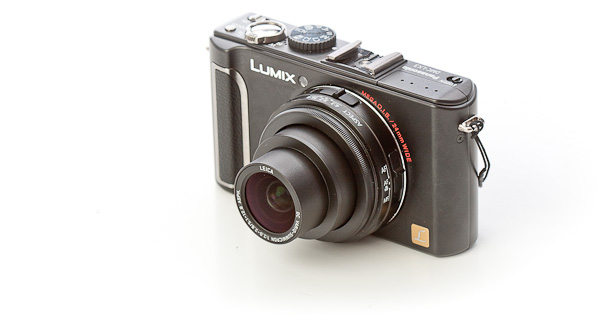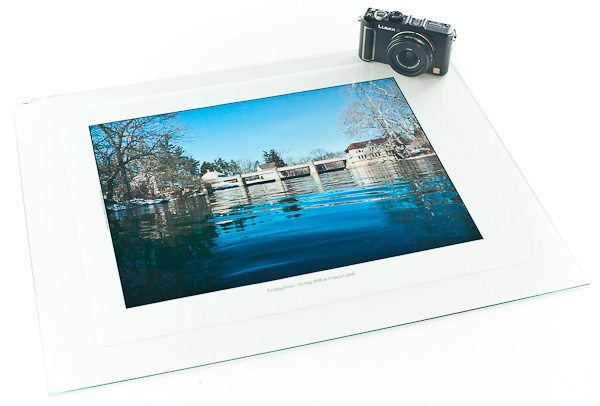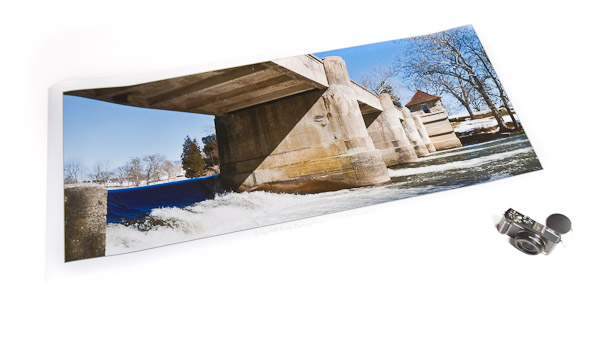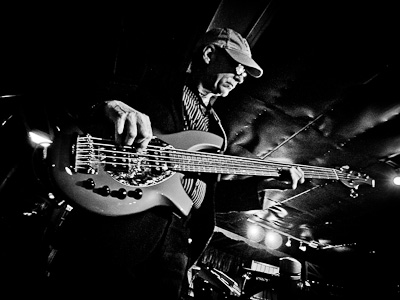
Panasonic LX3
|
||
|---|---|---|
Specs: Panasonic Mfgr. Leica Lens 24-60mm (in 35mm equivalent) f2.0-2.8 8 Elements Close focus at 1.64' |
 |
|
Before we begin, there are two issues I'd like to address: First, In regards to how I view photography, I place more credence on the lens rather than the box behind it. So, while it's a point and shoot camera, I will limit my review to the lens, as its the sole reason for my purchase.
Second, while this is certainly not a vintage lens, I really don't have a more suitable place on my site to post this. Regarding the Panasonic LX3, much has been written about it's merits. Having a ten-megapixel sensor and adorned with plenty of external manual controls, it's certainly a useful tool for casual use by many pros, (the joystick is a useful feature). However, the crowning jewel, the very feature that has earned it's right of passage is that wonderfully bright, and sharp Leica 24mm F2.0 lens! Currently, no other camera in the point and shoot arena has such a wonderful piece of glass affixed before it's sensor. While many new photographers may curl their noses at the notion that something small enough to slip into a pocket can actually produce a 11x14 print that matches large sensor quality, (I was already producing exceptional 8x10's from a five-megapixel Canon G5 for years). So there was little hesitation to pounce on this deal when it showed up on ebay.
However, lets up the ante to say 40x18 and it's something to consider how well a good, sharp lens makes use of every pixel. Granted, upon planting ones nose on the paper you can see the minute details where the resolution begins to fail, but at normal viewing distances... it's not the size of the tool.
Now, for the more informed, you may know that this camera and the Leica D-LUX 4 were carved from the same mold. Yes, they are identical in hardware, but only differ in their onboard software. The Leica DC Vario-Summicron comprises of eight glass elements, with four of them being aspherical. Leica touts that each element is individually matched to the sensor. While no such claim is found on panasonic's sight, I really think what matters is in the end results, the photos, and they are spectacular. Sharp from edge to edge, even at the wide end. Virtually zero aberration (or purple edge fringing) is visible, even with shots backlit by the sun. In post, there is very little need with regards to correction and sharpening. Even as small sensor camera, for what it can do, it puts most other point and shoots to shame. While others can argue that it lacks a 4x zoom, it makes up for it in obtaining extremely wide angles. Capturing the entire scene from cramped corners, and zooming to a normal 60mm. Plenty of landscape, street scenes, and journalistic coverage.
However, as a small sensor camera it does have it's limitations, with regards to depth of field (DOF) and portraits. While a super-zoom camera, zoomed all the way on your subject, might be able to gather enough background separation, the 60mm limit on this lens simply crops the scene and still leaves much of the background in focus. What percentage of your work requires shallow DOF can be a deal breaker. Which leads us to this question: How much camera do we really need? While I would like to carry a DSLR and a couple of lenses with me on every outing. This is not always possible, especially in regards to both convenience, and keeping the marriage intact, (we won't discuss why the wife thinks the other woman in my life is a camera, ok?). There are times that I have reluctantly left my DLSR at home, only to find a chance encounter for that perfect shot, and watch it go away. Thus I find the LX3 to be the perfect compromise. I might not get the creative DOF I'm used to, but I still get the shot, and in many cases, it adds more variety to my portfolio. Finally, having 720p HD video is also a bonus, and while the audio is rather lacking, it's image quality is something that has to be seen to believe. It's compact size has allowed me to always have it with me, and I have used it for B-Roll and document support on professional gigs as well. Ok, while I sing the praises of this camera, are there any beefs? Frankly, no. Many pros nag about the lack of an optical viewfinder. I don't. The camera is so tiny that bringing it my eye feels awkward. Composing in live view seems very natural, and for once, I blend in with the crowd, unnoticed. Furthermore, I am able to free up my peripheral vision and take in the entire scene while composing the shot. A very pleasing experience. Still if you want a viewfinder like experience, look at this product I found in my research.
Keep Shooting. |
||








